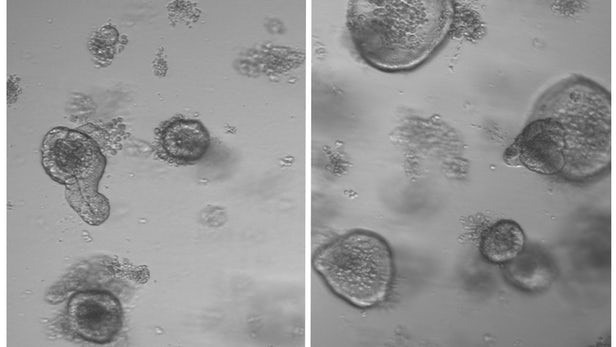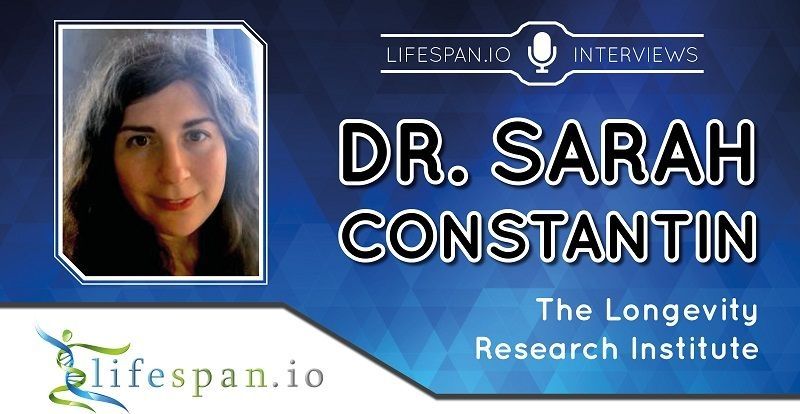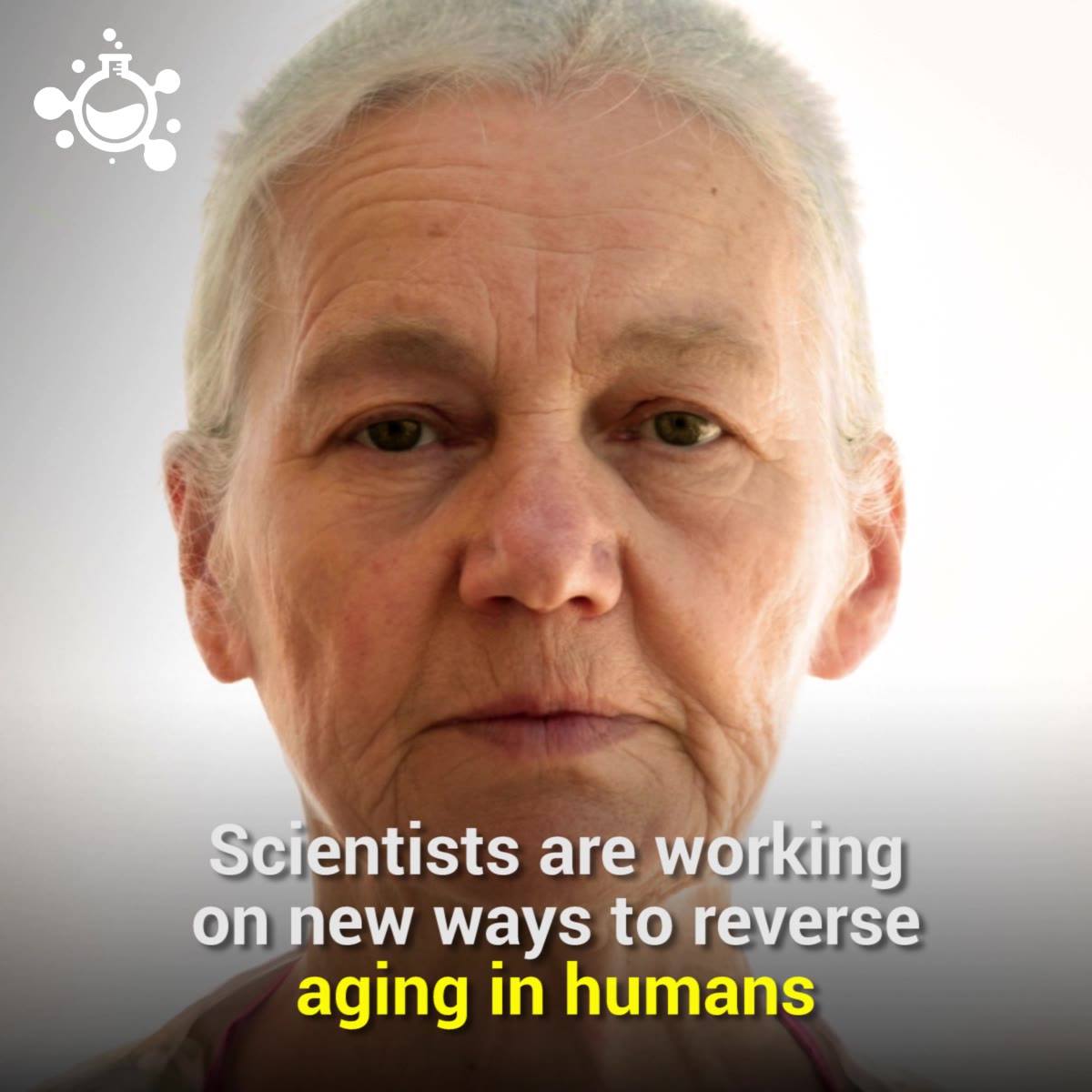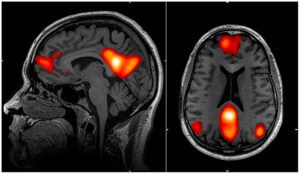A discussion on whether or not extended lifespans might make us paranoid about every tiniest risk.
Some months back, I read “Sapiens: A Brief History of Humankind” by Yuval Noah Harari. It’s a really good book, though it did disappoint me significantly when, after discussing the past and the present of our species, the author began glancing towards possible futures. At that point, the impartiality required of a historian, which Harari had thus far managed to keep up more or less evenly throughout the book, gave way to a subtly implied pessimism pervading, among other things, his views on future rejuvenation biotechnology.
Honestly, I wasn’t expecting him to even touch upon the subject; I was pleasantly surprised, at least until I realized that his concerns, most of which were the usual ones you’d expect, seemed to make him inclined to see rejuvenation as a plague rather than a blessing.
A curious new concern
Harari presented his concerns but didn’t venture imagining any solutions to them, which I find to be a fatal flaw that pushes readers to assume that they are insolvable and inescapably destined to materialize, and neither of these things is necessarily true.









